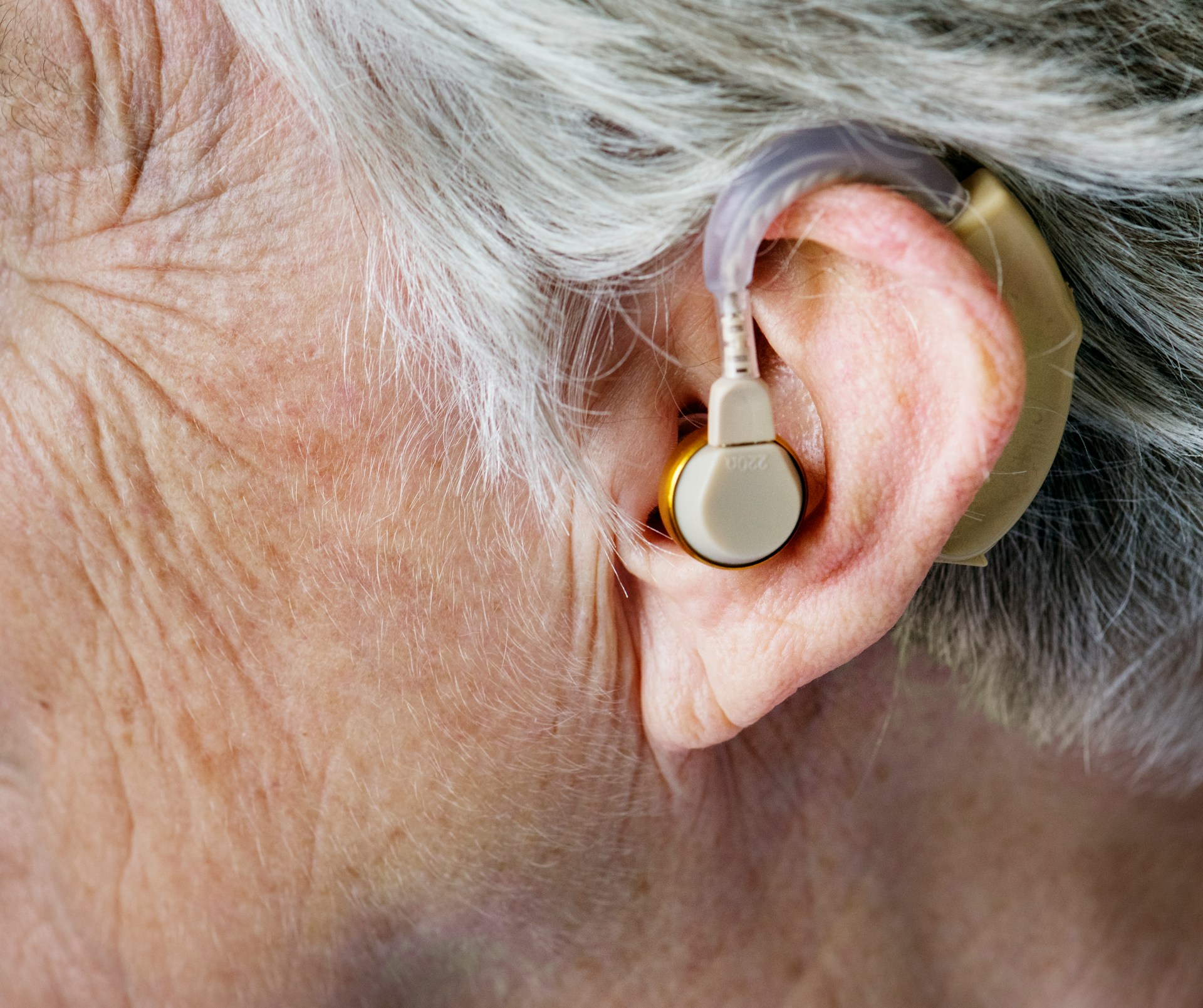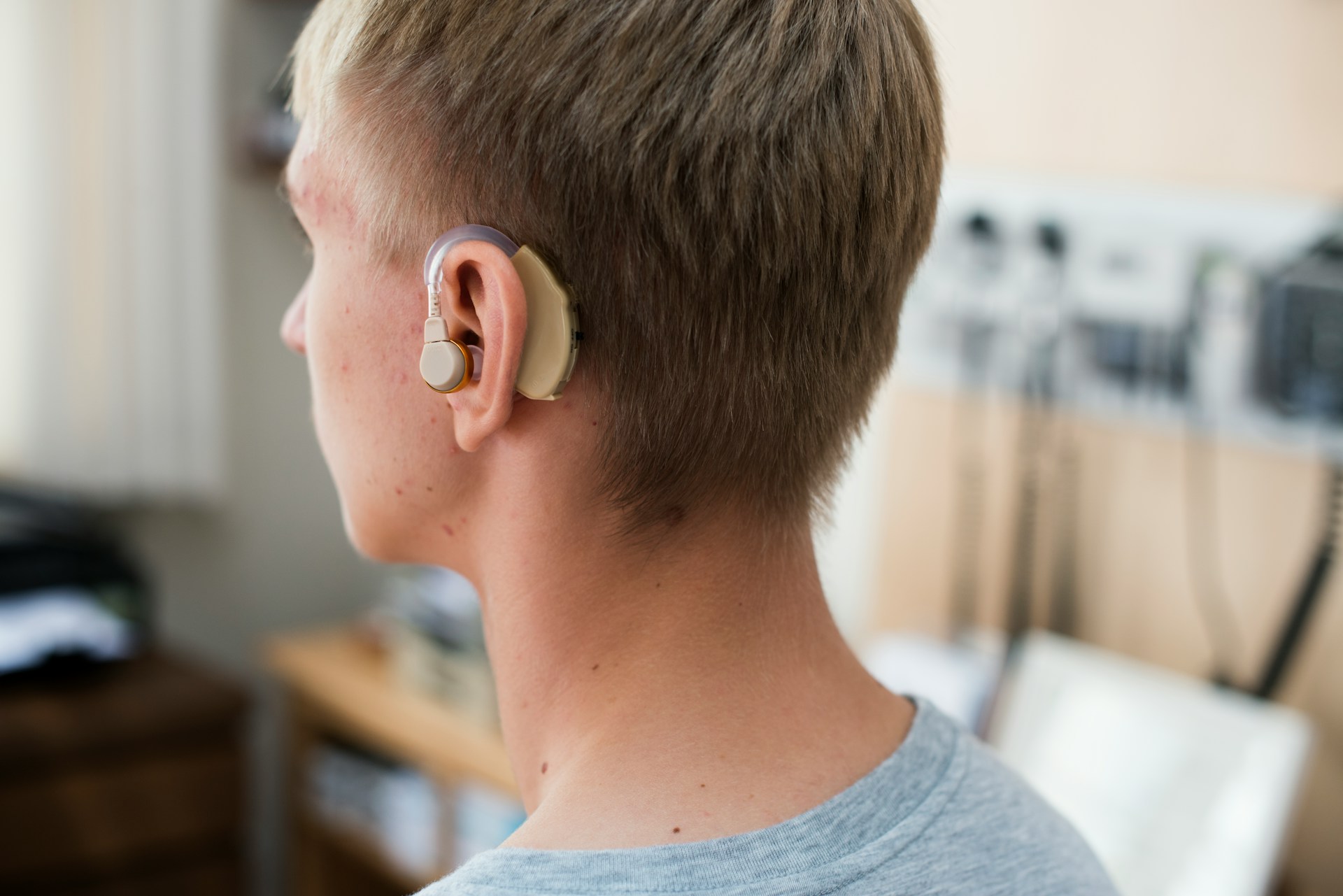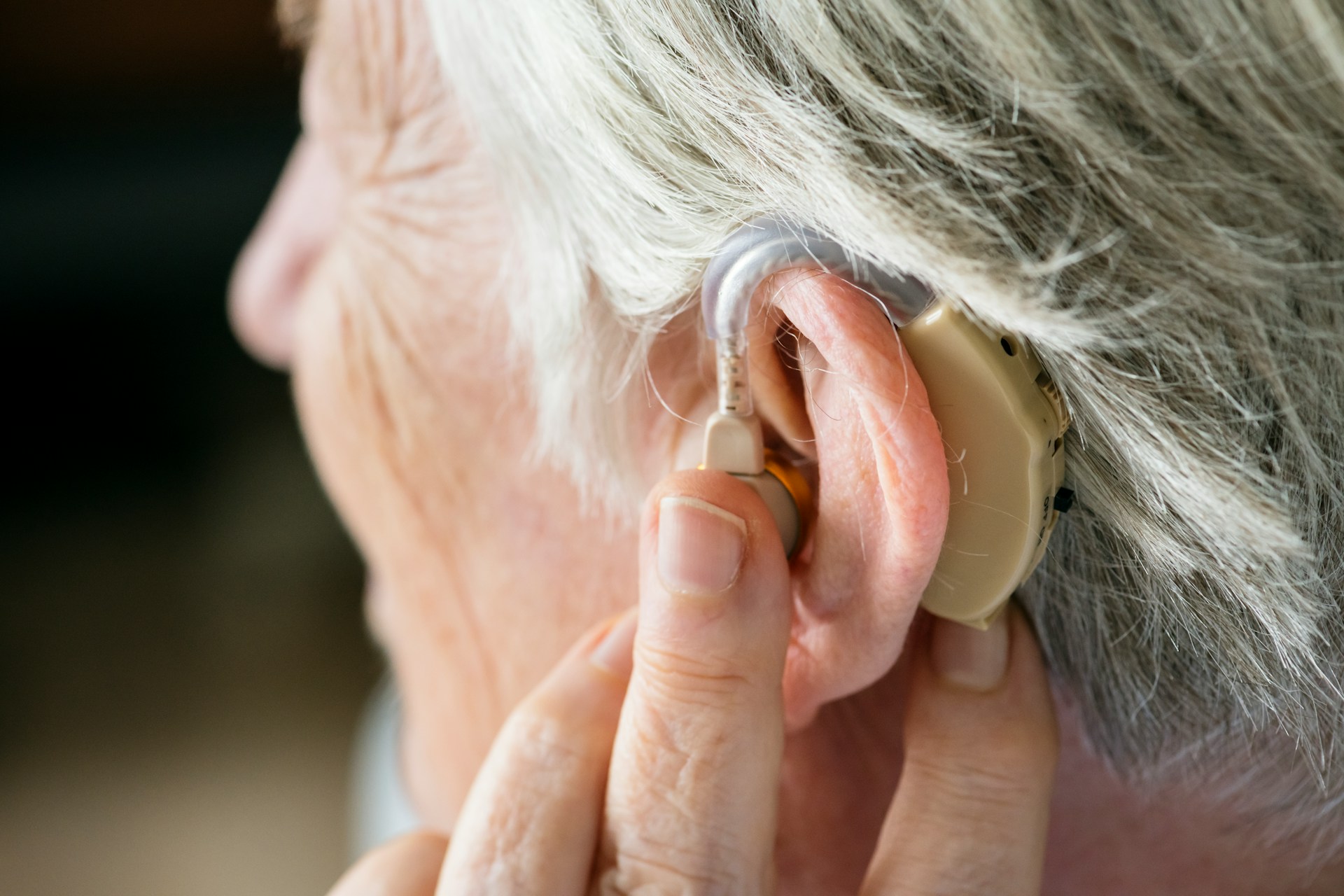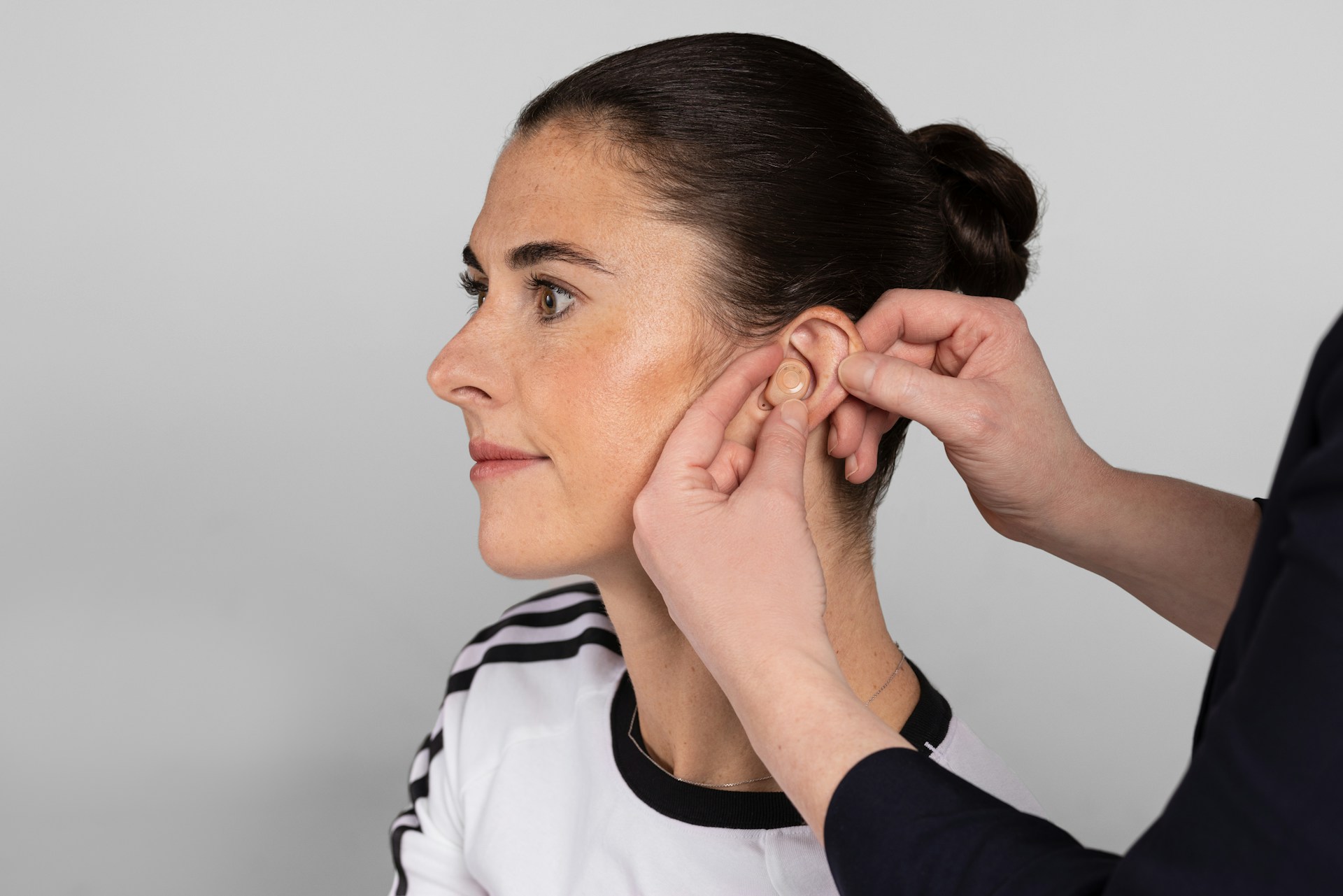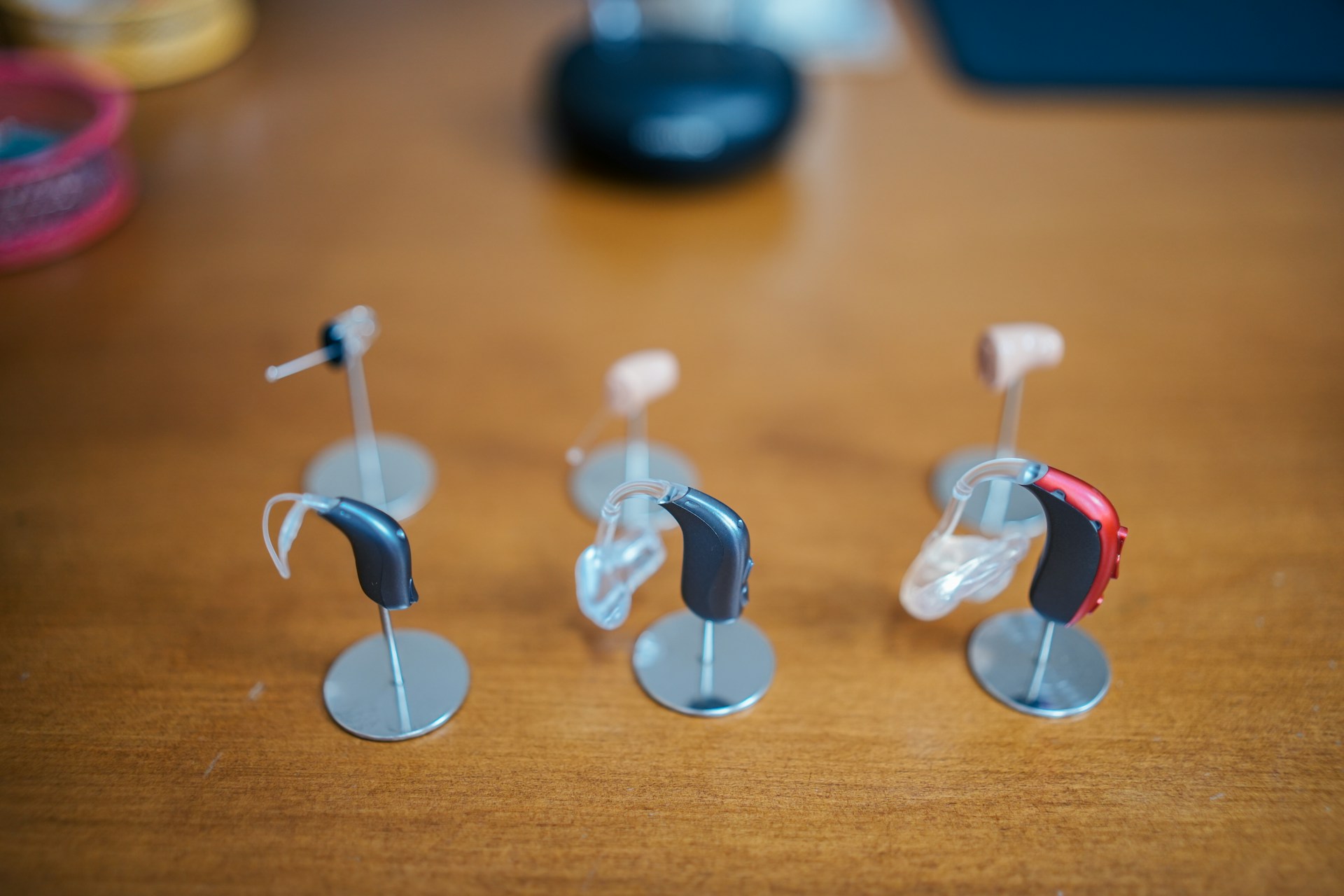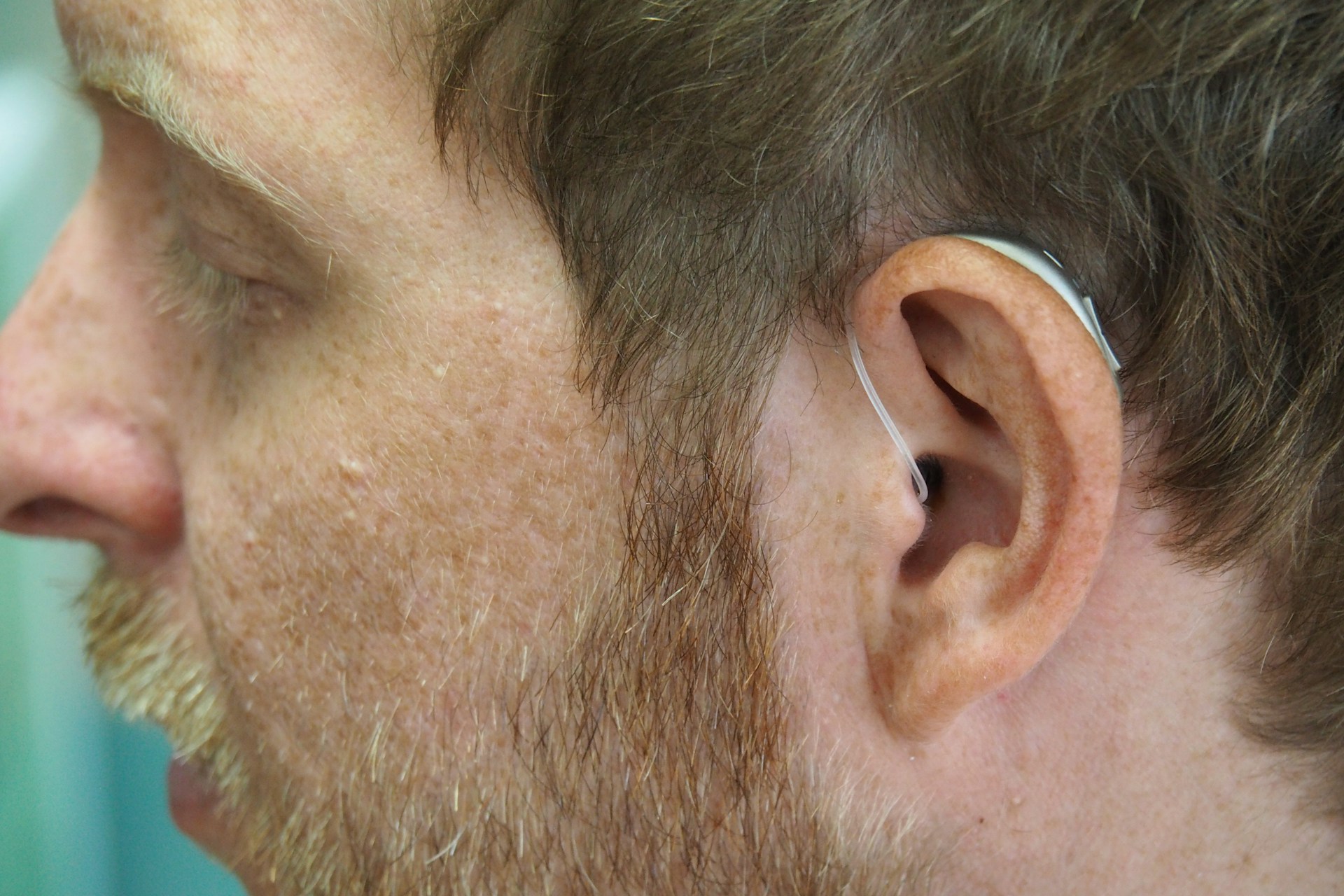In recent years, hearing aids have undergone great advancements, transforming the way they help individuals, especially seniors, enjoy their daily activities. With modern hearing aids, active seniors now find themselves more engaged during social gatherings or while exploring hobbies. The improvements in technology make it easier for them to communicate, enjoy music, or simply appreciate the subtle sounds of nature with better clarity.
These changes have brought a sense of freedom and ease to those who rely on hearing aids. No longer cumbersome or difficult to operate, modern devices have shifted the way seniors approach their hearing health. From sleek designs to smarter hearing solutions, today’s hearing aids are truly changing the game for active individuals who want to stay connected to the world around them.
Enhanced Sound Quality
One of the most noticeable improvements in modern hearing aids is the enhancement in sound quality. They are designed to offer a listening experience that is clear and crisp, making conversations and sound experiences far more enjoyable. For seniors, this means less strain on attending social gatherings or interacting with family members.
These hearing aids come equipped with features that help filter out background noise, a common issue for those wearing older hearing aids. Imagine enjoying a lively family dinner or a bustling community event where you can actually hear each word spoken to you without the distraction of unnecessary noise. Here’s a snapshot of what makes this possible:
– Background Noise Reduction: Modern hearing aids have sophisticated technology that separates speech from unwanted sounds.
– Automatic Volume Control: Aids can adjust the volume based on your environment, ensuring optimal hearing levels at all times.
– Directional Microphones: These help focus on the person you’re conversing with, reducing interference from other directions.
Such advancements mean active seniors can participate more fully in life’s big and small moments, ensuring nothing is missed. Whether attending a live concert or simply watching TV, the improved sound quality of modern hearing aids ensures that everyday experiences become more vivid and engaging. These devices not only make life more audible but also more comfortable and stress-free for seniors, enabling them to lead active lives without constant worry about missing out on important moments.
Improved Comfort and Design
Modern hearing aids are more than just tools; they’re stylish companions for the hearing journey. Gone are the days when hearing aids were big and drew attention. Now, they blend in easily, with sleek and discreet designs to suit different tastes and lifestyles. Imagine enjoying a morning walk or a community event without feeling self-conscious about your hearing aid showing – that’s the level of comfort these devices offer today.
These advancements aren’t purely cosmetic. They’ve been designed to be ultra-lightweight, making them easy to wear all day without discomfort. Fit and comfort have reached new heights with custom-molded options, ensuring the device sits perfectly in your ear. Custom fitting not only boosts comfort but also enhances the overall performance by ensuring the device is positioned correctly for optimal hearing support.
Beyond looks, you’ll find that most modern hearing aids are made with comfortable materials, reducing the risk of irritation during long-term wear. Whether you’re spending time reading a book at home or heading out on an adventure, today’s hearing aids provide you with the comfort and design that keep up with your active lifestyle.
Connectivity and Smart Features
Today’s hearing aids don’t just improve how you hear — they also redefine how you connect with the world. One of the standout features of new hearing aids is their ability to connect wirelessly to smartphones and tablets. This feature plays a big role in letting seniors stay connected to the digital world around them. Enjoying a phone call or streaming your favourite podcast is just a simple tap away.
Bluetooth connectivity is a game-changer, giving you the freedom to stream audio directly from your phone or TV to your hearing aids. This function turns hearing aids into personal stereo systems, providing a richer and more engaging sound experience. Imagine hearing your favourite music playlist or the latest blockbuster movie with sound clarity that everyone can envy.
Smart features extend beyond entertainment. Many modern hearing aids come with apps that allow for easy control through a smartphone, letting you adjust settings without needing to visit a clinic. Some even offer ecosystem integrations that connect with smart home devices, letting you monitor audio alerts like doorbells and smoke alarms directly through your hearing aids. Here’s a quick summary of the key smart features:
– Bluetooth Streaming: Connect directly to virtually any Bluetooth-enabled device.
– App Control: Adjust volume and settings conveniently using your mobile device.
– Smart Home Integration: Seamlessly connect to home devices for added convenience.
Increased Durability and Battery Life
Advancements in technology have greatly improved the durability and battery life of hearing aids, ensuring they can keep up with your active lifestyle. Most modern devices are built to withstand daily wear and tear and are also resistant to moisture, which is good news if you enjoy outdoor activities.
The boost in battery technology is another significant development. Many hearing aids now offer rechargeable batteries that can easily last through a full day of active use, eliminating the inconvenience of constantly replacing batteries. As a result, you spend more time enjoying your day and less fussing with your device.
For those who prefer single-use batteries, options are available that last longer than previous models, reducing the frequency they need to be changed. This ensures that your hearing aids are always ready when you are, without interruptions. Whether you’re off on a weekend trip or tackling your daily tasks, reliable battery life and sturdy design make modern hearing aids a dependable choice.
Summary of the Life-Changing Benefits
Modern hearing aids have transformed the way seniors interact with their environments and loved ones. The impressive leaps in sound quality, coupled with comfort and smart features, provide a listening experience that supports and enhances daily life. With improved durability and battery efficiency, these hearing aids prove to be dependable partners for any active senior.
These devices make it easier than ever to engage fully in life’s moments. By enhancing sound quality and connectivity, they remove barriers and allow seniors to enjoy interactions and experiences more richly. Choosing the right hearing aids can profoundly impact personal and social well-being, offering a path to clearer communication and a fulfilling lifestyle.
If you are ready to embrace the benefits of improved sound quality and smart connectivity, learn more about hearing aids for seniors and discover how Country Hearing Care can help you maintain optimal hearing health through innovative solutions.


